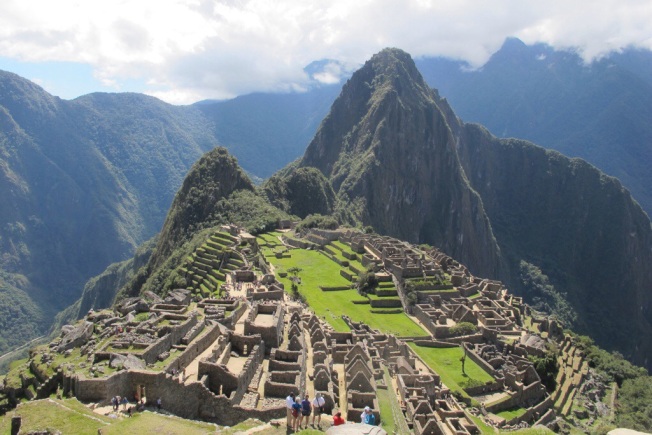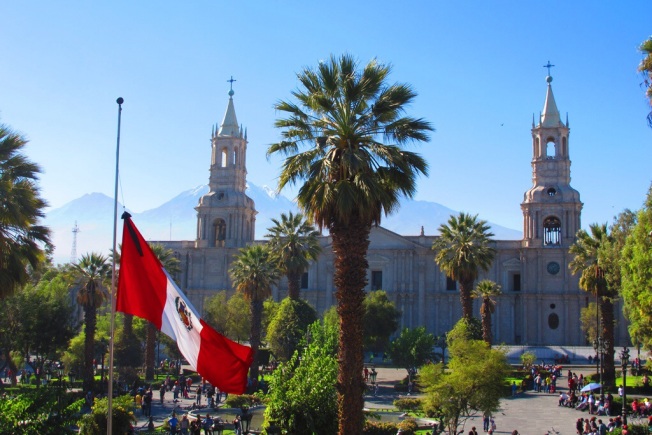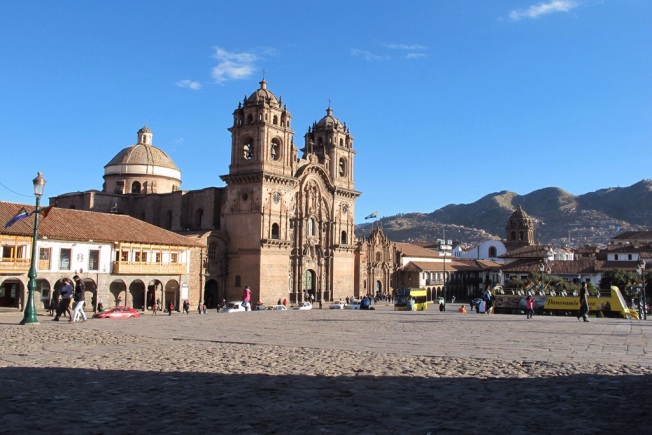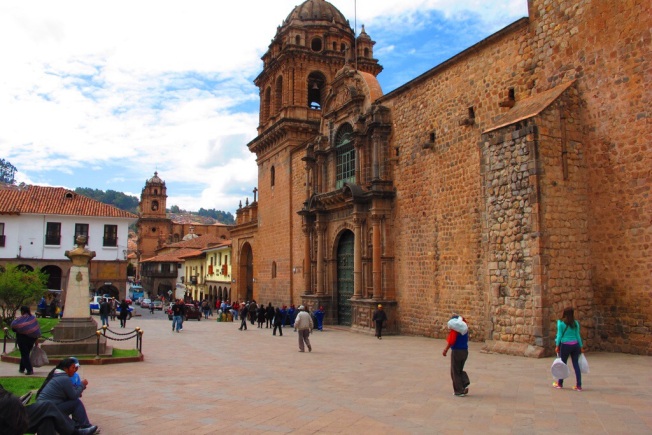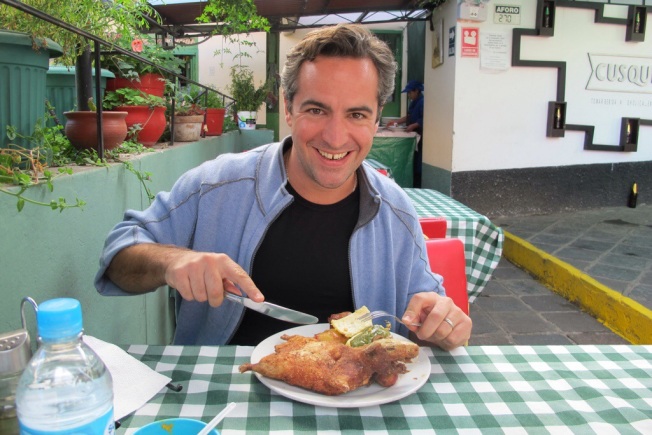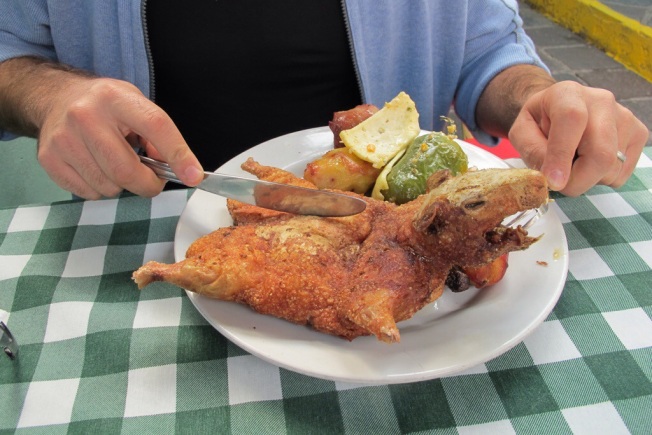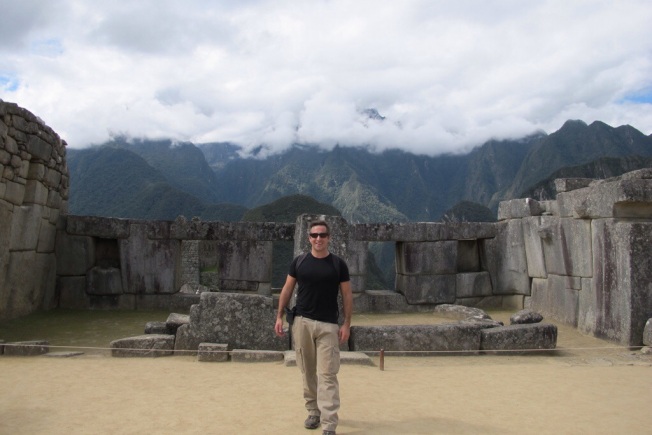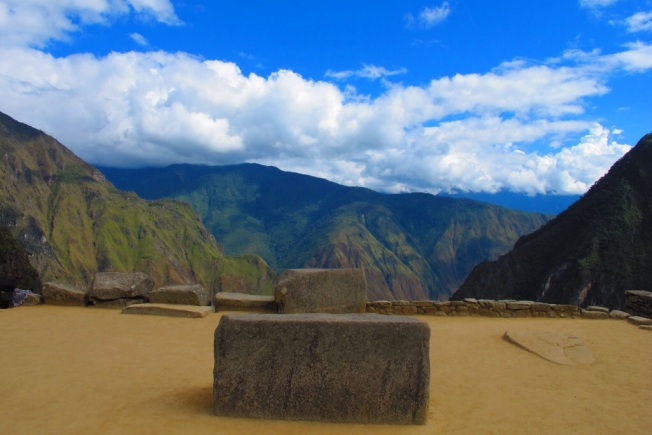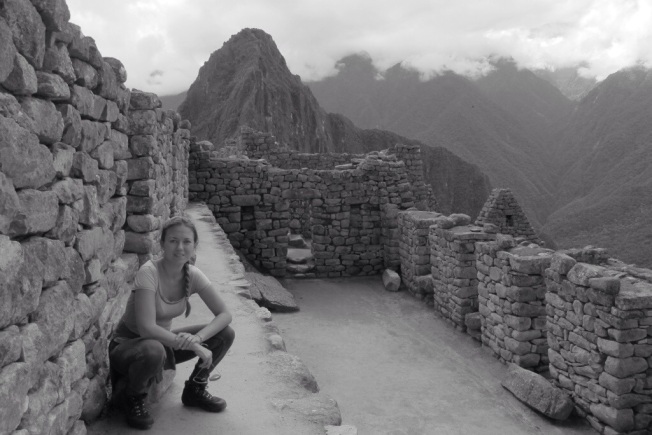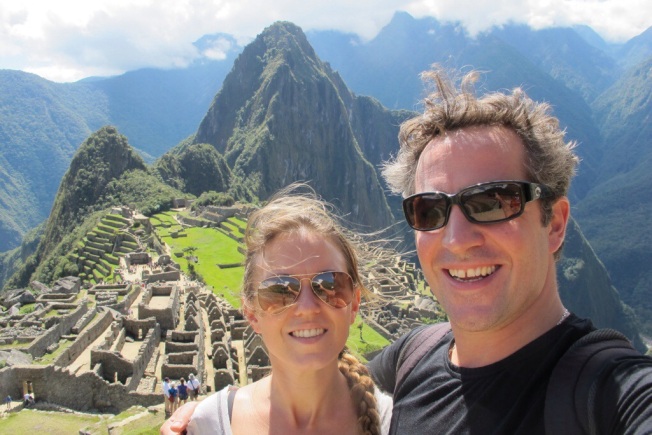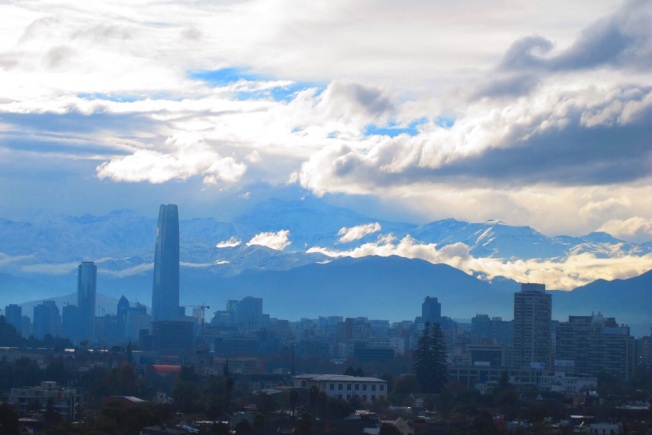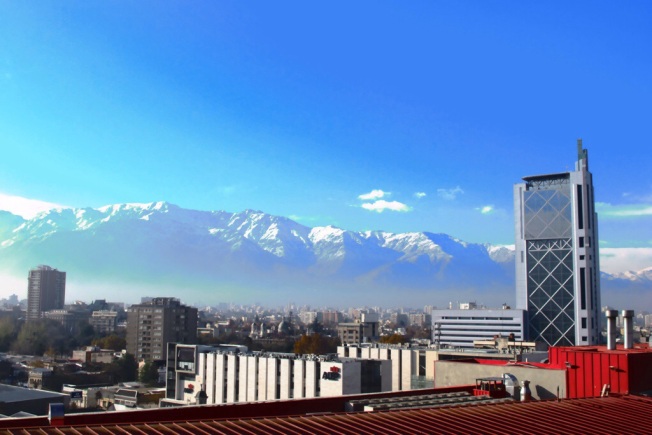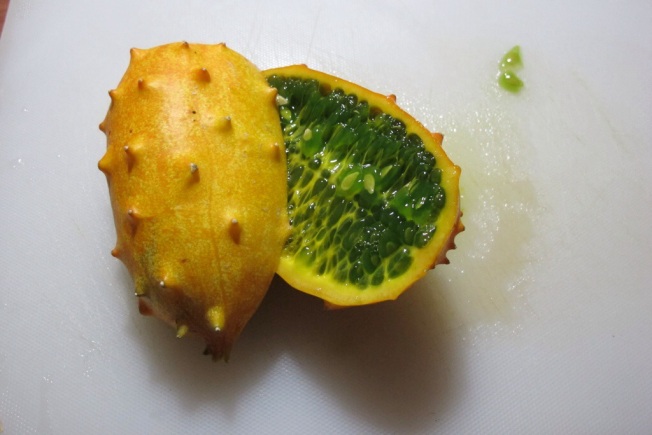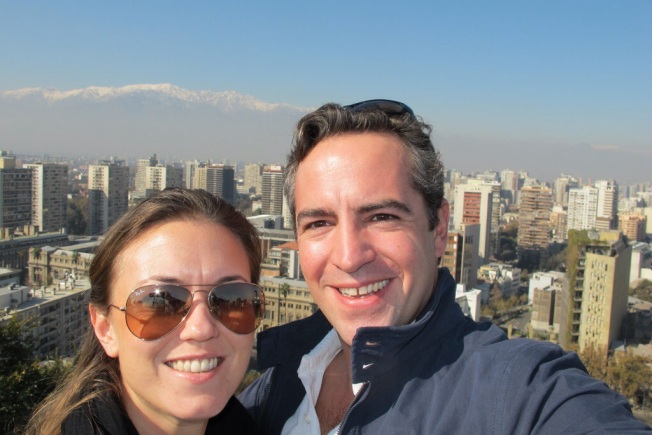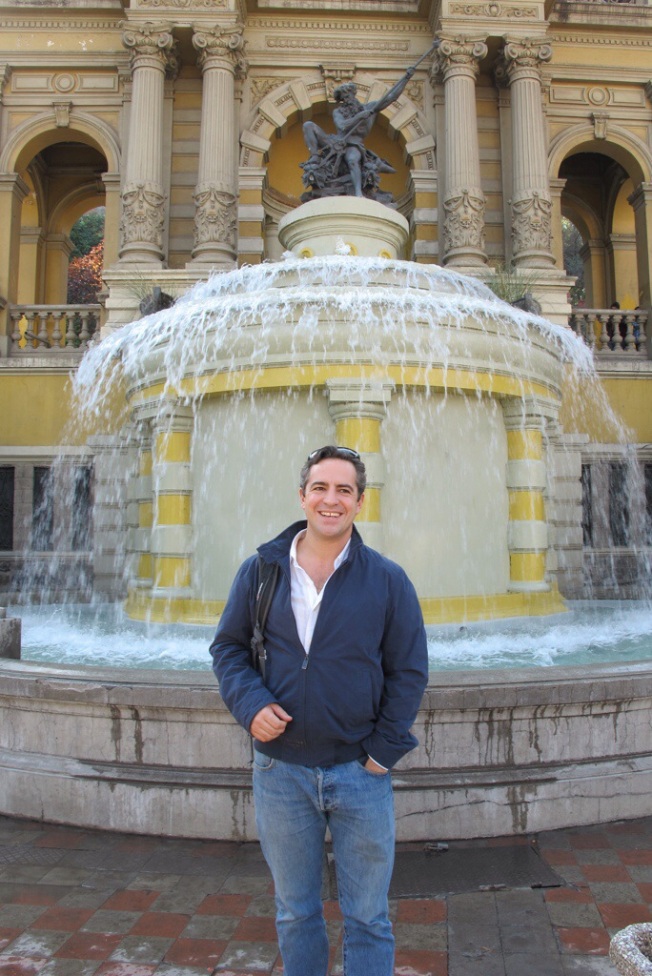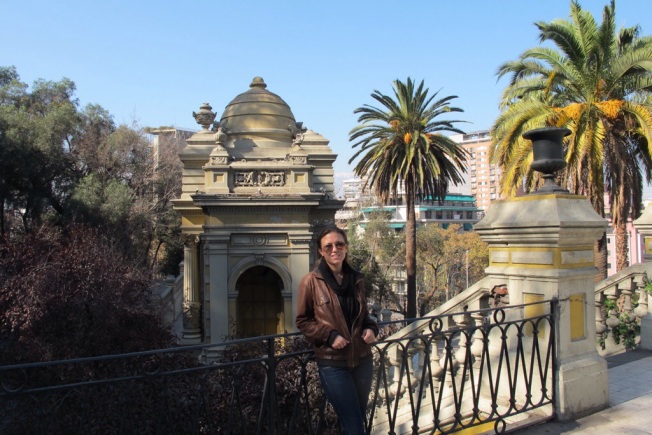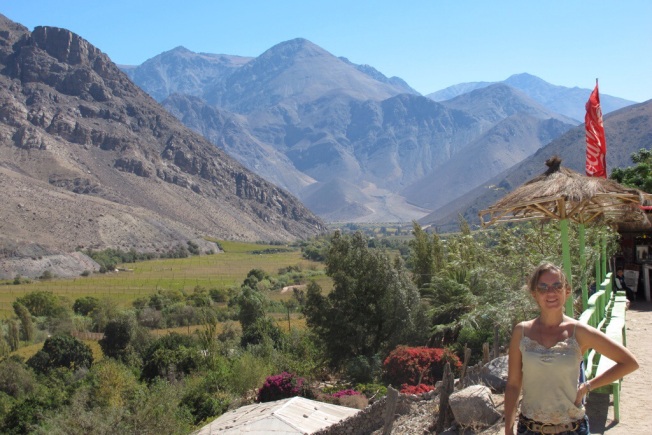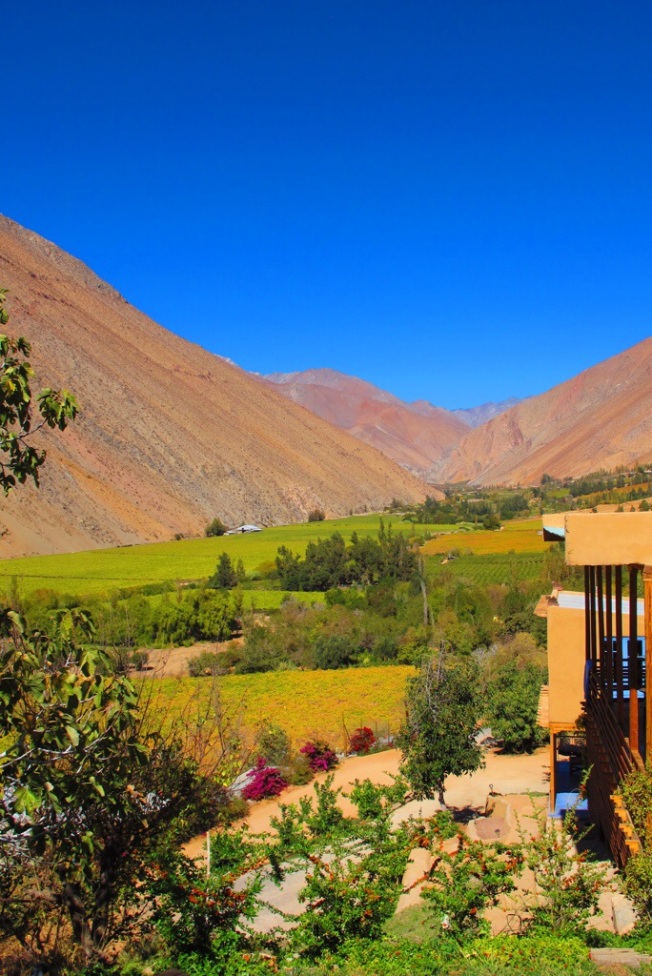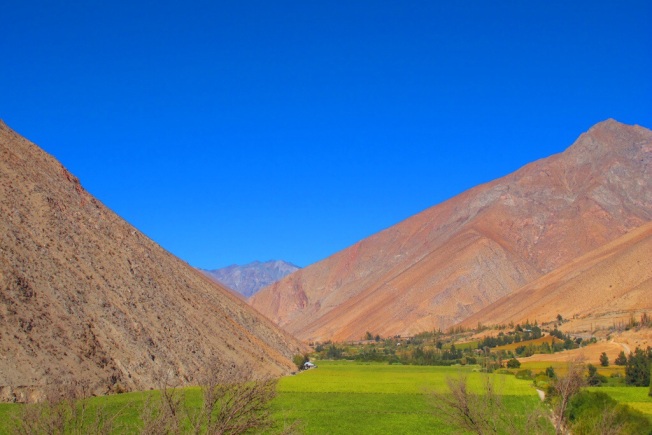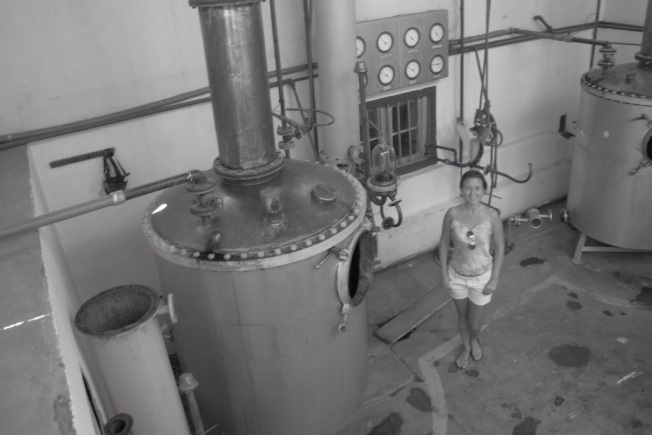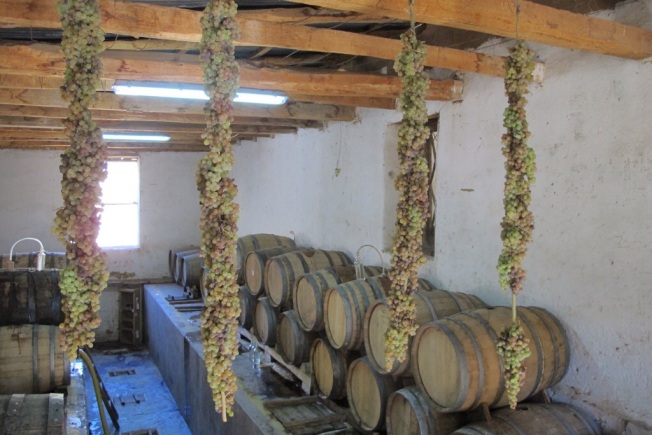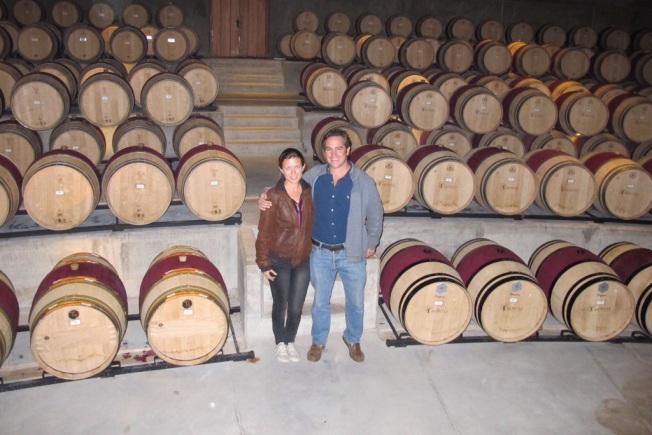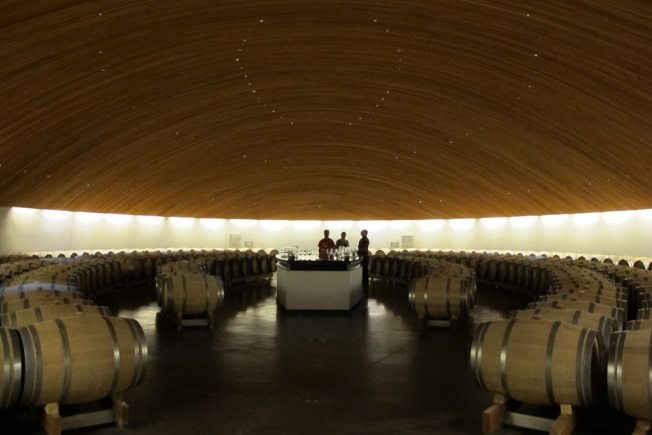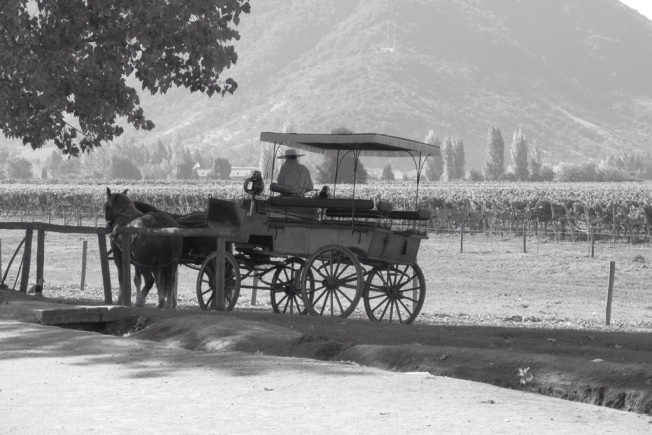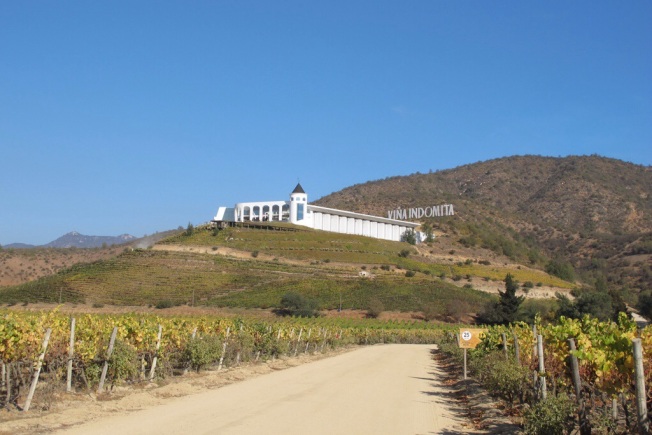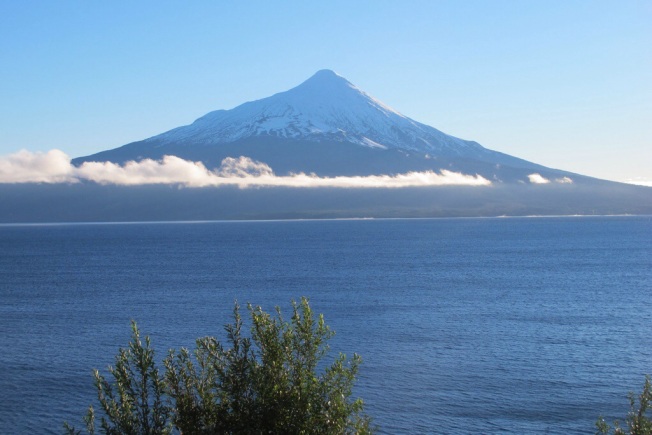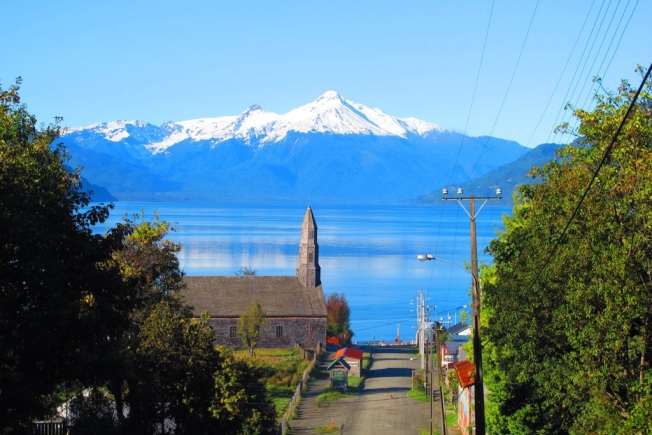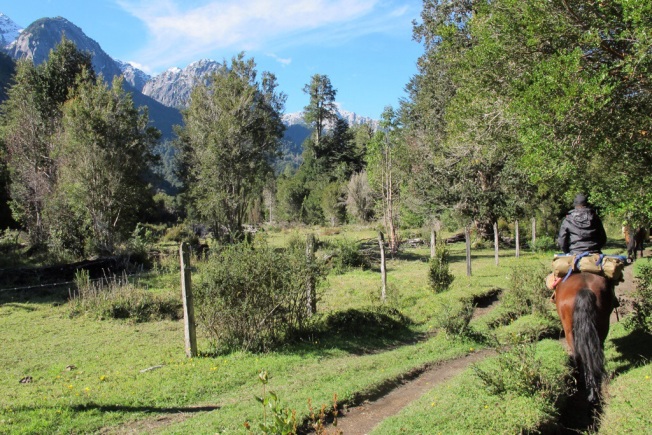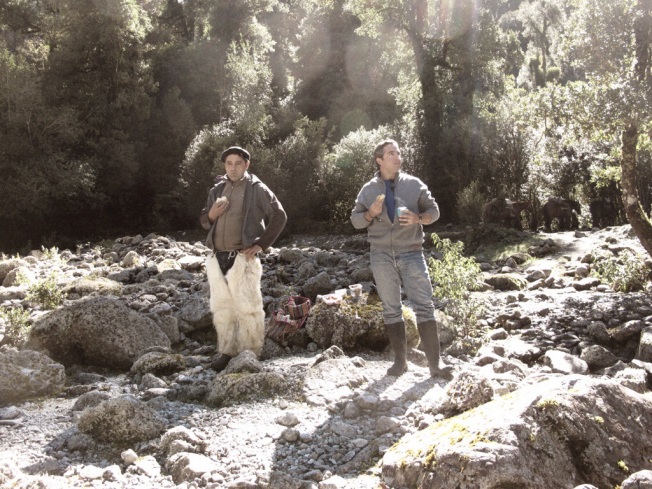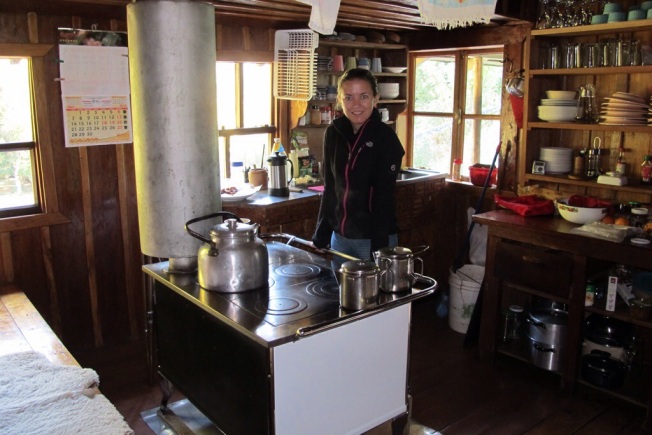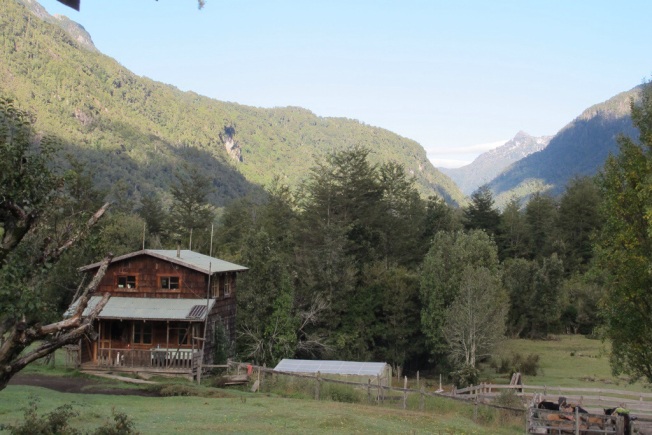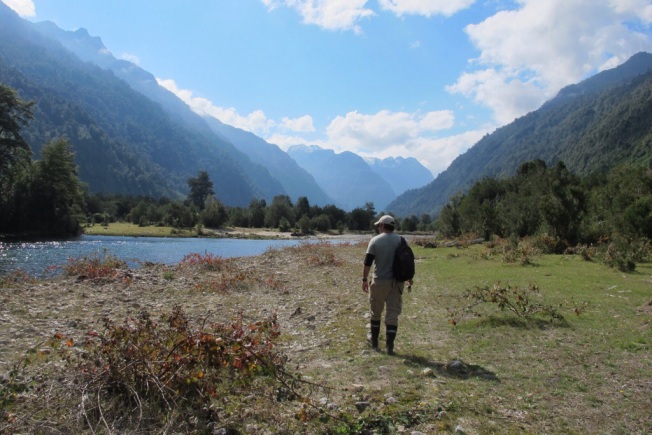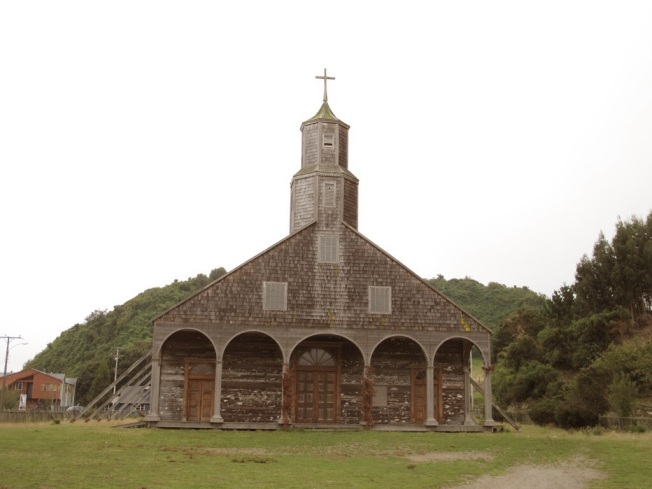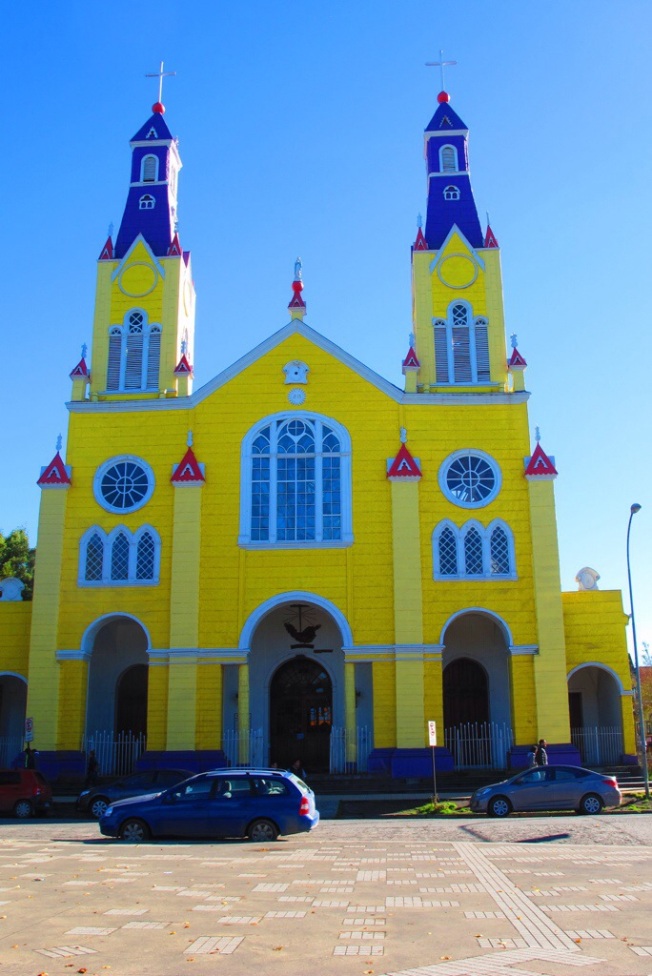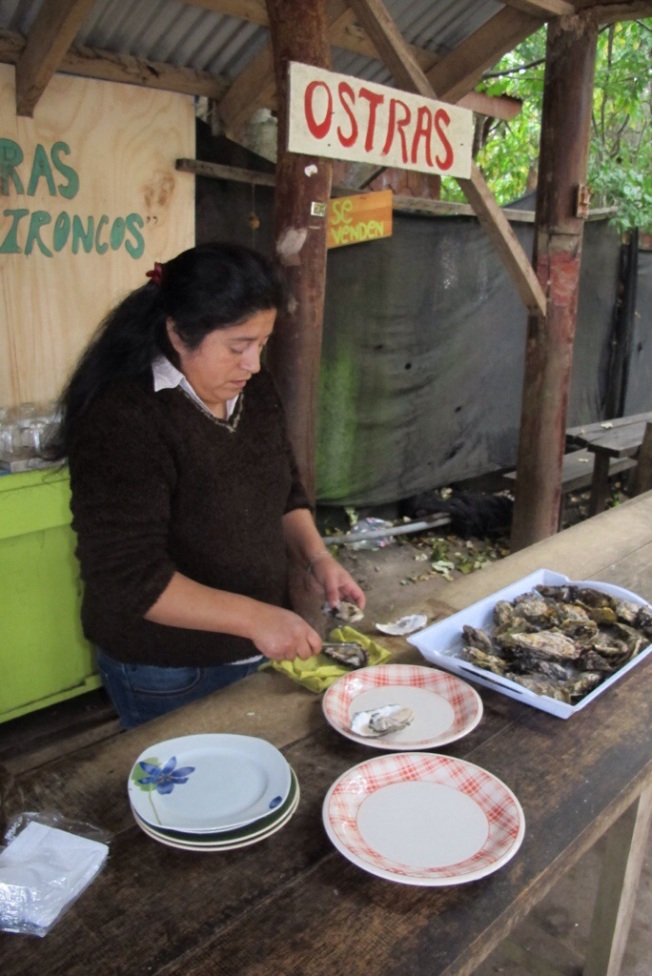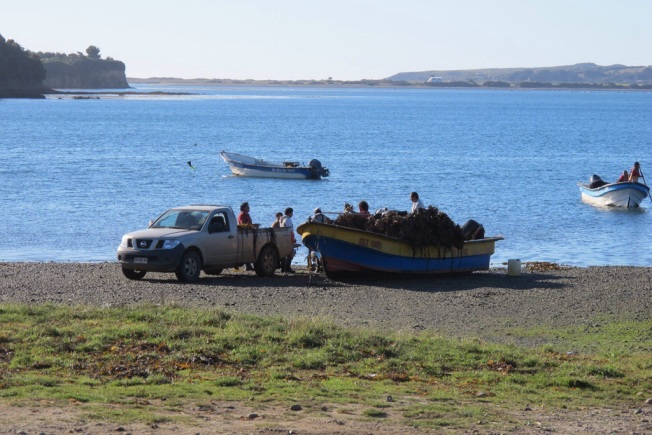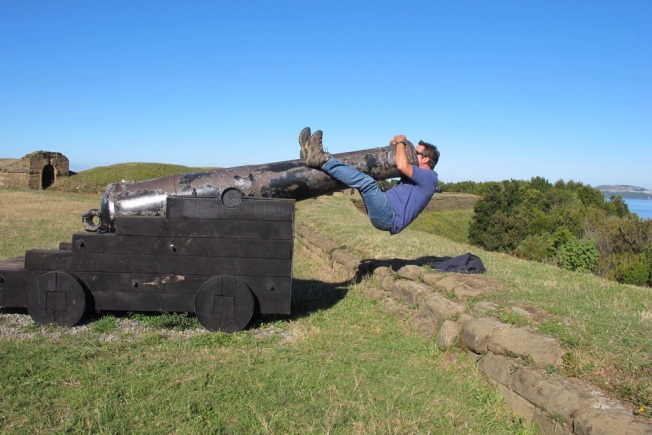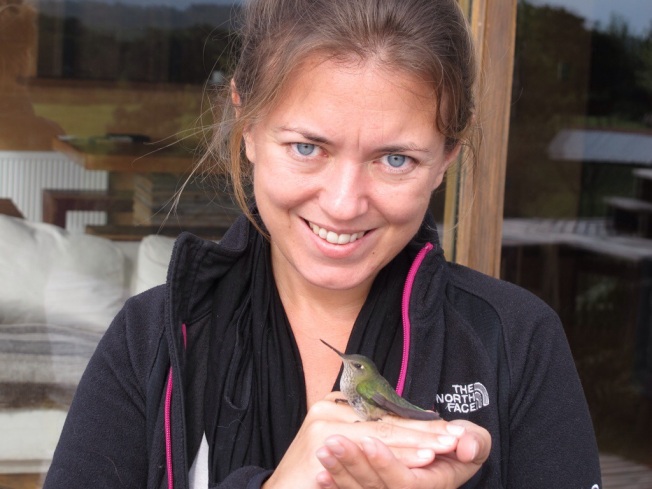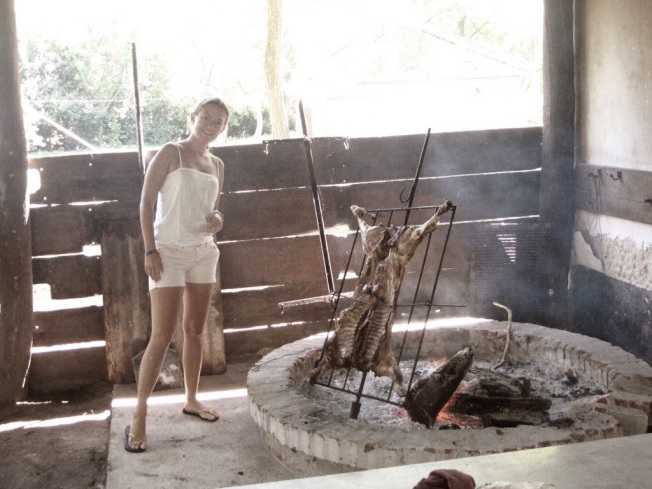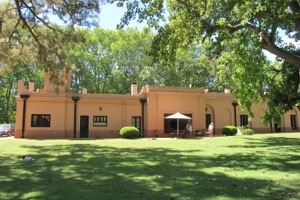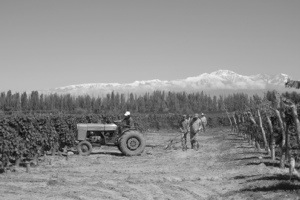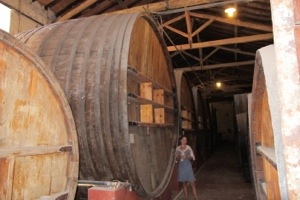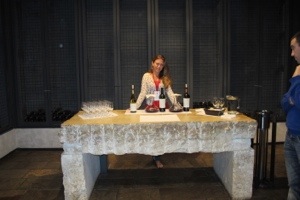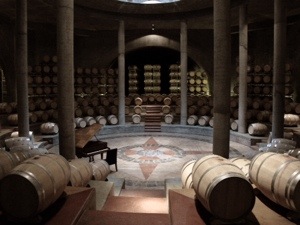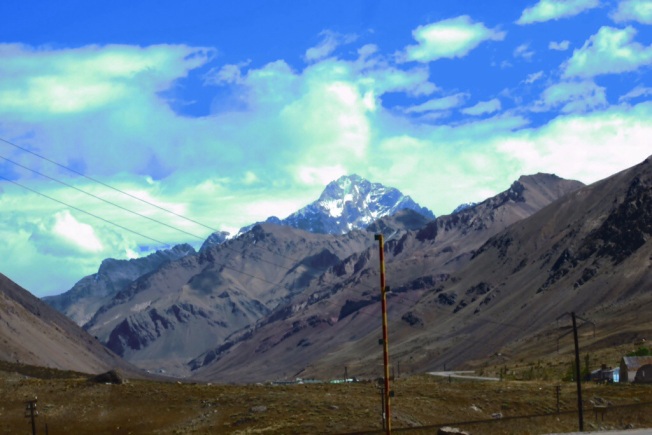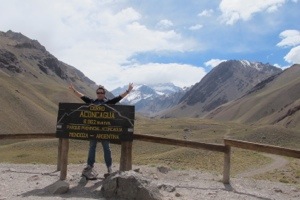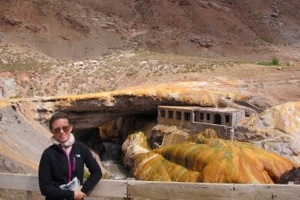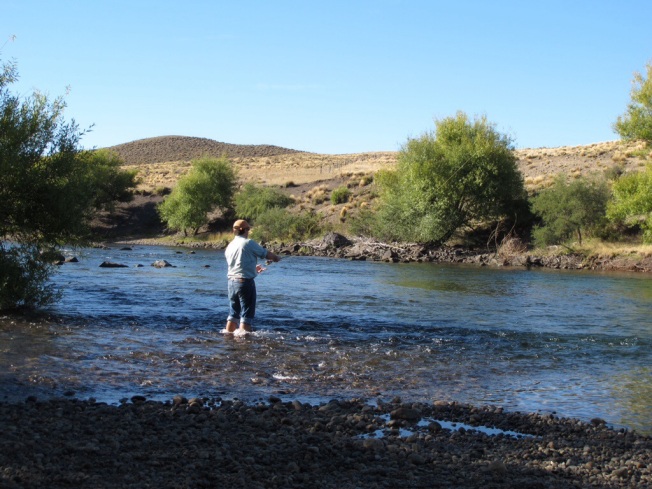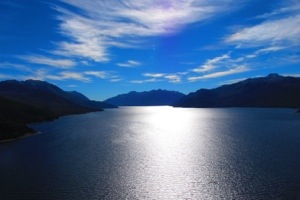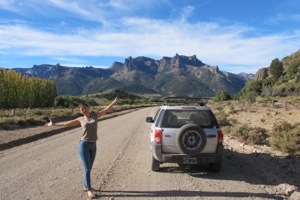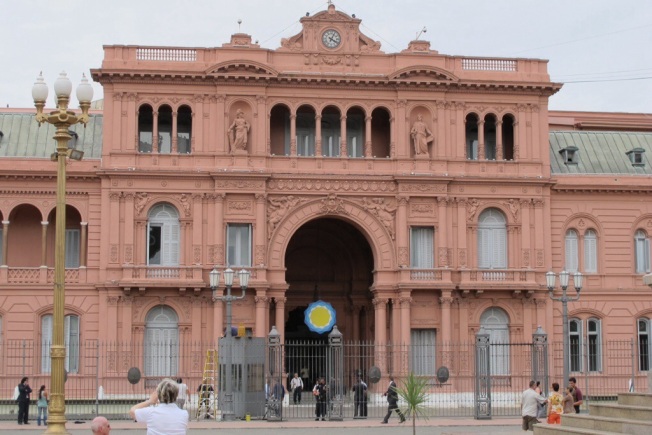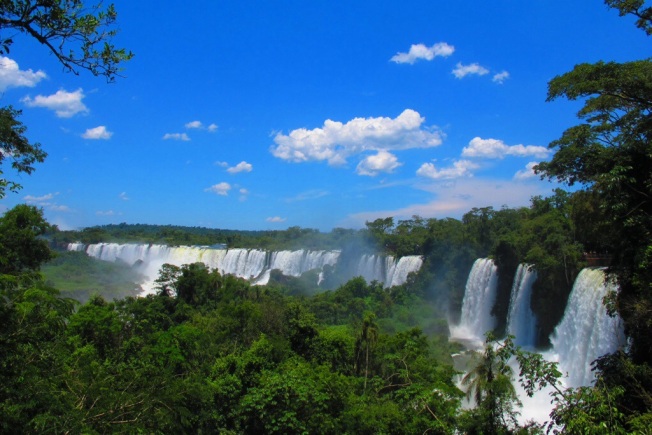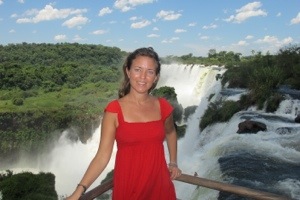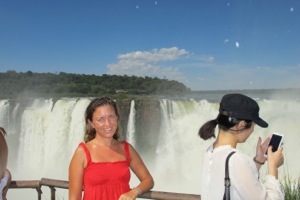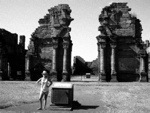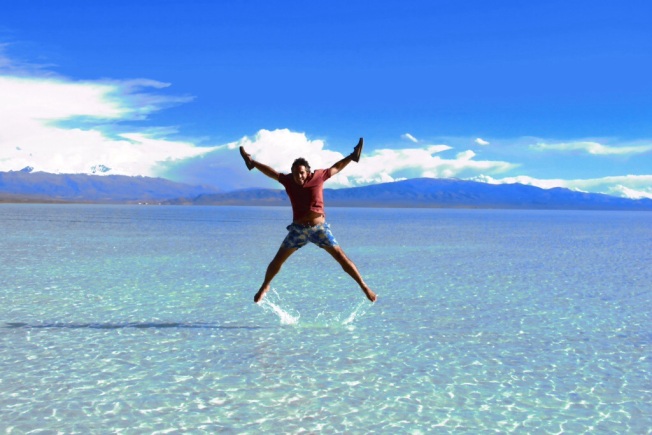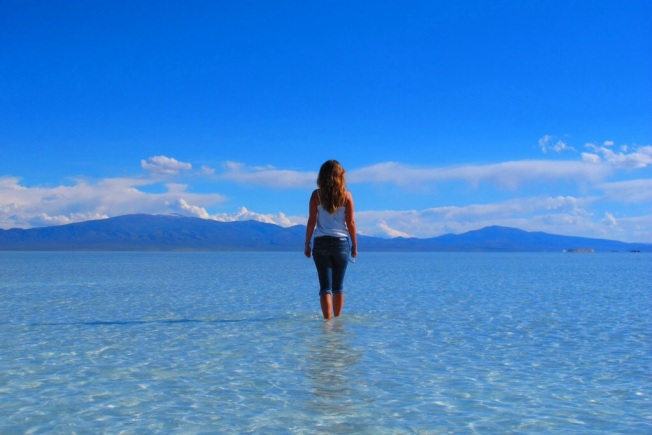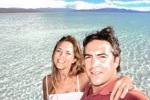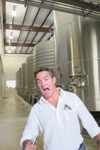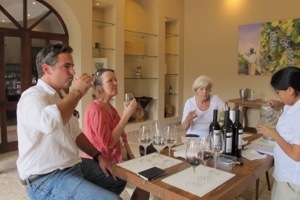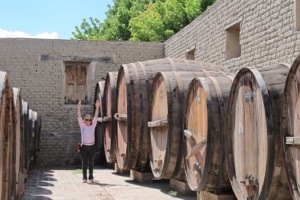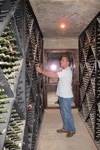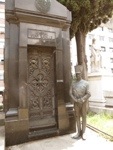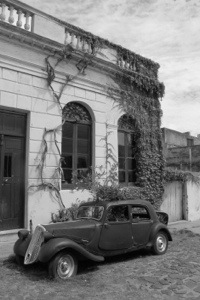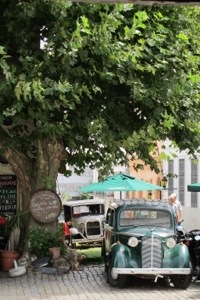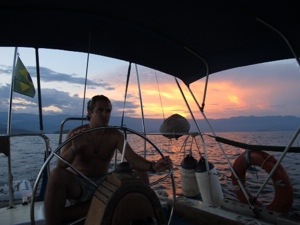We decided to tie up our trip to South America, by re-visiting Peru and what is possibly the continent’s most iconic sight, Machu Picchu.
Classic view of Machu Picchu
Our first stop was Arequipa, Peru’s second largest city, in the south of the country and considerably prettier than Lima. It’s colonial centre is made up of cobbled streets, the odd convent and beautiful courtyarded buildings constructed out of the local white volcanic rock, sillar. A few days were spent wandering the streets, soaking up the daytime heat, even at 2,000m considerably warmer than Santiago, and once again enjoying the fantastic Peruvian food, something we will miss on our return to England.
St.John and Clare in one of the streets of the Convent Santa Catalina, Arequipa
Plaza de Armas and the cathedral in Arequipa, with a backdrop of volcanos
Local lady in traditional dress weaving an alpaca fibre wall-hanging on a traditional loom
We caught an overnight bus to Cuzco, which, sitting at 3,400m, made us acutely happy that we had already had some time to acclimatise in Arequipa.
Cuzco has enough history and remnants of the past to warrant a several day visit of its own, after all the Spanish, in true Conquistador fashion, basically built their own town directly on top of the Incan one that was already there. This can be seen everywhere with huge Incan building blocks slotted together like a child’s jigsaw, forming the base of many buildings.
The Plaza de Armas and cathedral in Cuzco
A visit to the cathedral is worth it, if only to view the a painting of The Last Supper with a guinea pig as the central dish, certainly a novel idea for most. Inspired by the painting we headed out to find some roast guine pig (locally known as Cuy) of our own. We had actually tried it on our previous visit to Lima at the world renowned Astrid y Gaston restaurant but there it had gone by the name of Cuy Pekinese and had been beautifully prepared as little slithers of crispy belly, a bit like pork belly, and served with hoisin sauce and purple maize pancakes. The one we had in Cuzco was a totally different proposition, an entire guinea pig, complete with head, teeth, eyes, ears and all, served splayed out (spatchcocked? butterflied?), with a serving of local golden roast potatoes. While it my not have been quite as good as the gastronomic turn that we sampled at therestaurant in Lima, it tasted somewhat like rabbit and was certainly edible. I am not convinced however that the English market is quite ready to start eating what is perceived as a pet and certainly not with its head still on and teeth bared!
Guinea Pigs Before
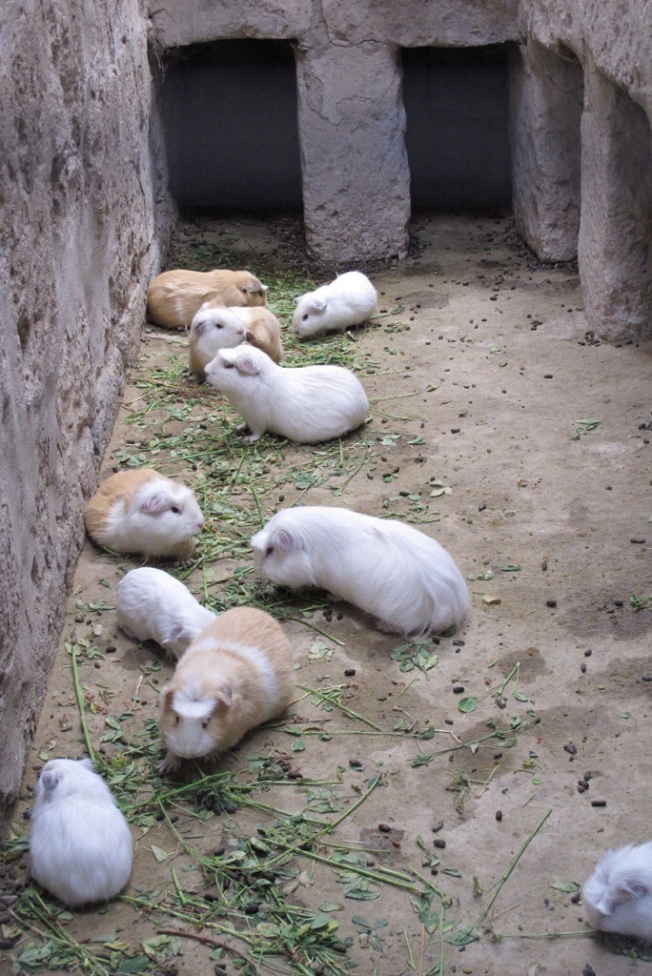
And After! Well maybe not exactly the same ones but you get the idea…
Of course Machu Picchu is the main reason tourists flock to Cuzco and at times it did seem like there were more of these than locals wandering the streets, something that was almost definitely the case in Aguas Calientes the town by the ruins themselves. There are two ways to get to Machu Picchu, the three day hike or the train. We chose the latter, being short on time, constrained on budget and quite frankly unwilling to join the snaking line of several hundred other people hiking up the trail infront of you and I am really, really not good at the camping in the cold thing!
The four hour ride takes you through the ever narrowing Sacred Valley to Aguas Calientes from where you can catch a bus up to the entrance to the ruins themselves. While we had certainly seen more “complete” ruins in places like Chitchen Itza, what really takes your breath away about Machu Picchu is the setting. It really is as unique and spectacular as it looks in all the photos, perched precariously a top its moutain peak, surrounded on all sides by a ring of higher moutains lost amongst the clouds. No wonder the Spanish never found it and it stayed hidden from the wider world for so long, after all who would be crazy enough to build a city in such a difficult to access location?!
Clare with Classic view of Machu Picchu in the background

St.John in front of Central temple ruins at Machu Picchu. Note the jigsaw like building blocks
Clare inside ruined building with view of Waynu Picchu
Finishing our South American Odessy with Machu Picchu felt like the perfect way to complete our journey around the continent which we had criss crossed by air, land and the odd boat journey…
St.John and Clare at Machu Picchu
